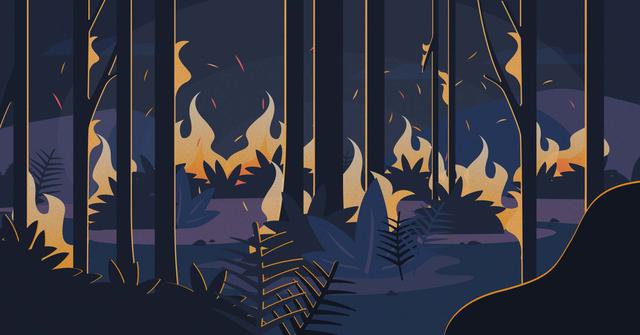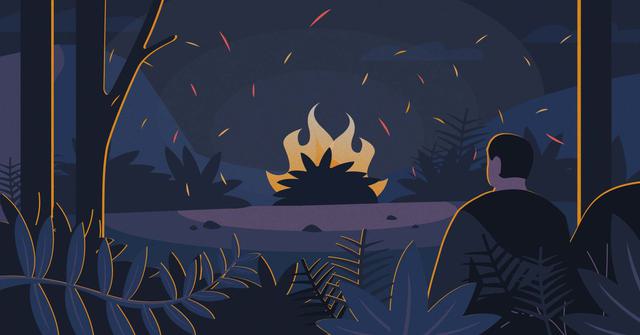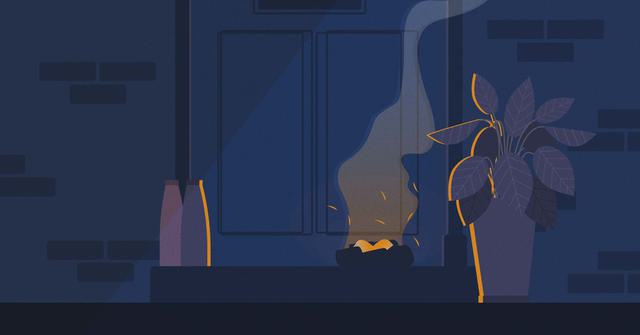I’m sorry for my colourful language, but sometimes black and white won't do. We all know a clusterf*ck when we see one. A problem so vast, so tangled, so ugly, that we don’t know where to turn or what to do. The Cambridge Dictionary defines a clusterf*ck as “a complete failure or very serious problem in which many mistakes or problems happen at the same time”. Which feels like a fitting description of either climate change or, more topically, COVID-19. Many will argue that climate change is the mother of all clusterf*cks, although it’s hard not to be awestruck by the speed, spread and severity of coronavirus as our world shudders to a halt.
Every clusterf*ck has a distinct anatomy. Climate change has many causes, many interlinked impacts, many unknown impacts, billions to point a finger at, yet no smoking gun. While coronavirus is an invisible, invasive, indiscriminate menace that knows no borders; preying on the vulnerable, stirring up mass hysteria and sentencing all to months in isolation. The vast, sprawling, tentacled nature of a clusterf*ck usually causes two reactions; panic or stupefied inaction. Either response is equally useless in addressing the problem. So how on earth do we help people understand the issues?
I've spent the last 12 years creatively communicating clusterf*cks at Nice and Serious. And for some reason the image of a wildfire always comes into my head. So, fanning the flames of that metaphor, here are 3 things I've learned:
1. Don't step back

When we’re presented with a raging wildfire of a problem, the temptation is to take a step back and take it all in. Then, like a fly to a flame, we feel compelled to explain the entire problem to communicate the scale and urgency of the situation. And yet, 99 times out of a 100 any attempt to communicate a clusterf*ck in all its glory will only result in alarm or apathy. While it may be true that vast swathes of our planet will become uninhabitable within our lifetimes, and confirmed cases of coronavirus have skyrocketed above 400,000, what exactly are we hoping to achieve by communicating such a message? The sheer scale of it only ends up making reasonable actions, like eating less meat or abstaining from face-touching, feel like pitifully inadequate solutions. While a handful of people may hear this message and respond appropriately, the rest will either panic, or scroll on in wilful ignorance. Meanwhile, the flames of the clusterf*ck continue to spread.
2. Step into the flames

Rather than stepping back and beholding the towering inferno, pluck up the courage to walk into the flames. On closer inspection any wildfire is fuelled by thousands of smouldering bushes. Whether it’s water shortages, flood surges, biodiversity loss, or migration, taking on each smouldering bush one at a time is far easier than going toe to toe with the sprawling flames of climate change, for example. Of course all of these issues are intertwined, but each alone is more tangible, relatable and perceptibly defeatable. So ask yourself, what smouldering bush is most relevant to you and your audience? Once you’ve zeroed in, try and fight the urge to talk about the surrounding fires, you’ll only dilute your message and distract your audience.
3. Drop embers on doorsteps

Identifying a smouldering bush is a big step to making your communications more tangible, but the only way to get the message to hit home, is by taking an ember from a smouldering bush and dropping it onto someone’s doorstep. For example, talking about water shortages can still feel hypothetical, unless you give it a human dimension, or better still, link it directly to the lives of the audience. By taking big global issues out of abstraction and putting them into local realities; your audience will experience them - feeling the heat - regardless of their distance from the problem. It’s why a good film or novel about someone we don’t know can bring us to tears; we put ourselves in their shoes, we experience what they experience.
Many will argue that this approach runs the risk of missing the big picture, but I believe it’s precisely the opposite. Humans are hard-wired to infer the general from the specific. Seeing global statistics about the spread of coronavirus paralyses us, yet seeing videos from Madrid of people cheering healthcare workers from their balconies reminds us of our humanity. Likewise, trying to get our heads around rising global temperatures numbs us into submission, while seeing wildfires sweep through Australian towns spurs us into action. Each story is just a tiny ember that etches the bigger problem into our minds and makes us consider our role and response.
But this approach will only work if stories are told about every smouldering bush. If we talk about the need to eat less meat, but overlook the smoking aviation industry, the fire will continue to spread. But if we start telling tangible, compelling, human-centred stories en masse, then the resulting tidal wave may just be enough to rouse a collective response big enough to douse the flames of climate change, or COVID-19 for that matter.
